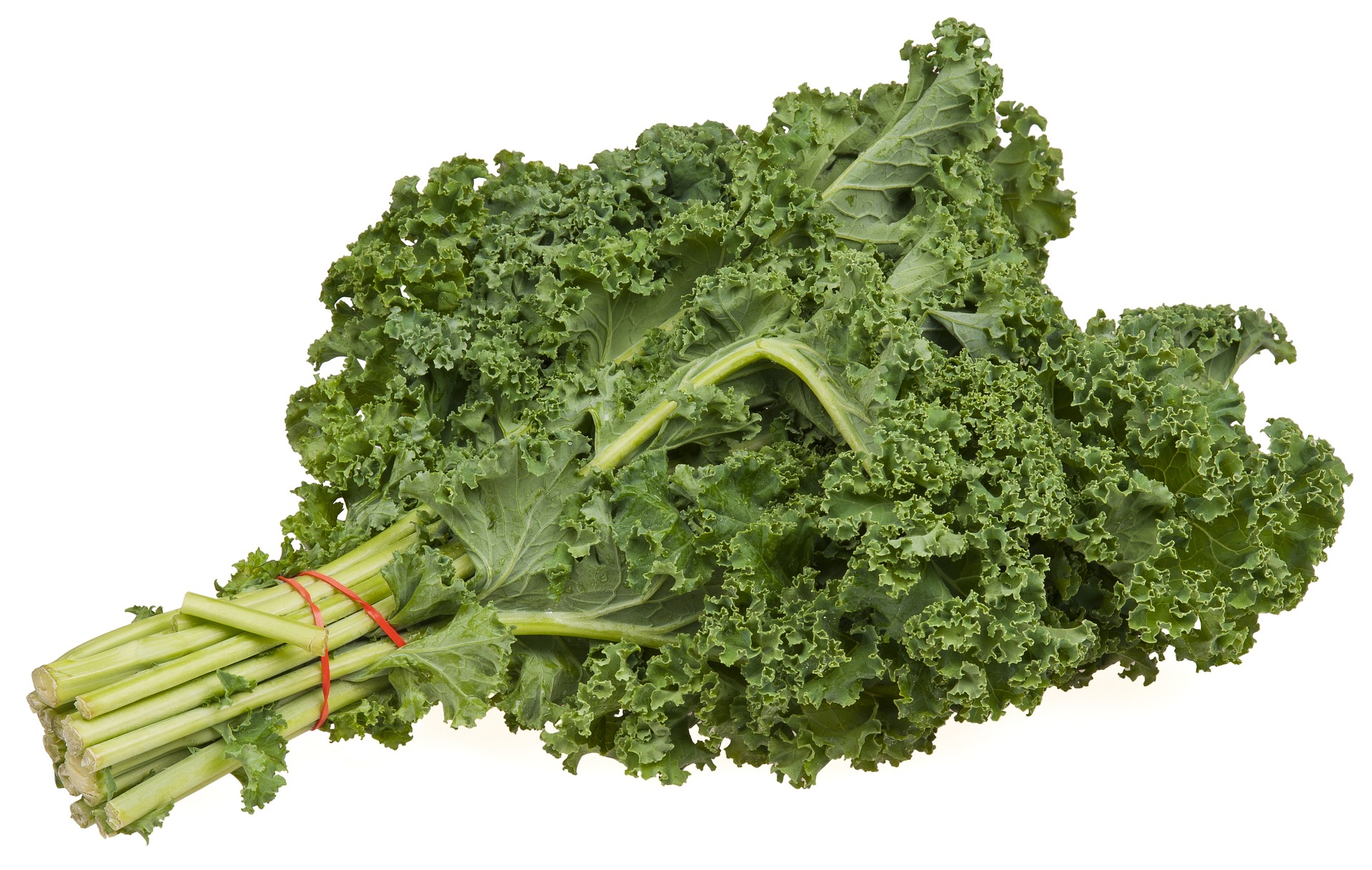Kale, a leafy green vegetable that has been consumed for centuries, has recently gained immense popularity as a superfood due to its impressive nutritional value and numerous health benefits.
Belonging to the Brassica oleracea species, which also includes other cruciferous vegetables such as broccoli, cauliflower, and Brussels sprouts, kale is a nutrient-dense vegetable that is packed with vitamins, minerals, and other important nutrients.
With its origins traced back to the eastern Mediterranean and Asia Minor region, kale has since spread throughout the world and is now widely cultivated in Europe, North America, and Asia.
In this post, Nutri4me, delve into the history and origin of kale, its nutritional value, and explore the various health benefits that make it a valuable addition to any diet.
Additionally, we'll provide tips on how to choose and store kale to maximize its nutritional value, as well as various cooking techniques to prepare this versatile vegetable for optimal taste and health benefits.
Origin Of Kale
Kale's exact origin is uncertain, but it is believed to have been cultivated for over 2,000 years in the eastern Mediterranean and Asia Minor region, ancient Greeks and Romans used kale as a medicinal herb to treat various ailments, including intestinal issues, and even used it as a food source for their soldiers during military campaigns.
Kale eventually spread throughout Europe during the Middle Ages, and by the 17th century, it had become a popular vegetable in many parts of Europe, particularly in Scotland, where it was often called "kail."
In the United States, kale was first introduced in the 17th century and was commonly used as a decorative plant until the 19th century when it became more widely recognized as a food source.
Today, kale is widely cultivated across the world and has become a staple in many diets due to its impressive nutritional value and numerous health benefits.
Kale Nutrition Value
Kale is a powerhouse of nutrients, packing an impressive nutritional punch in every serving. One of the reasons why it has become so popular as a superfood is because it is one of the most nutrient-dense vegetables available, kale is loaded with vitamins, minerals, and other important nutrients that can help support overall health and well-being.
For example, just a 100-gram serving of raw kale contains more vitamin C than a medium-sized orange, providing a whopping 103% of the daily recommended value.
Vitamin C is an important antioxidant that helps protect the body against harmful free radicals and supports a healthy immune system.
Kale is also an excellent source of vitamin K1, providing an impressive 456% of the daily recommended value in just a 100-gram serving, vitamin K1 is essential for blood clotting and helps to keep bones strong and healthy.
In addition to these important vitamins, kale is rich in other important nutrients such as calcium, potassium, and magnesium, which are essential for maintaining healthy bones and supporting proper muscle and nerve function. And, with a healthy dose of fiber and protein, kale can help keep you feeling full and satisfied, making it an excellent food choice for those looking to maintain a healthy weight or manage their calorie intake.
But that's not all! Kale is also packed with antioxidants and has anti-inflammatory properties, which have been linked to a reduced risk of chronic diseases such as heart disease, diabetes, and certain types of cancer.
It's no wonder why kale has become one of the most popular superfoods around!
A 100-gram serving of raw kale contains:
- Vitamin C: 93.4 mg (103% of the Daily Value)
- Vitamin K1: 547 mcg (456% of the Daily Value)
- Vitamin A: 481 mcg (53% of the Daily Value)
- Folate: 62 mcg (15% of the Daily Value)
- Calcium: 150 mg (12% of the Daily Value)
- Potassium: 491 mg (10% of the Daily Value)
- Magnesium: 47 mg (11% of the Daily Value)
- Iron: 1.5 mg (8% of the Daily Value)
- Dietary fiber: 2 g (7% of the Daily Value)
- Protein: 3.3 g (7% of the Daily Value)


0 Comments